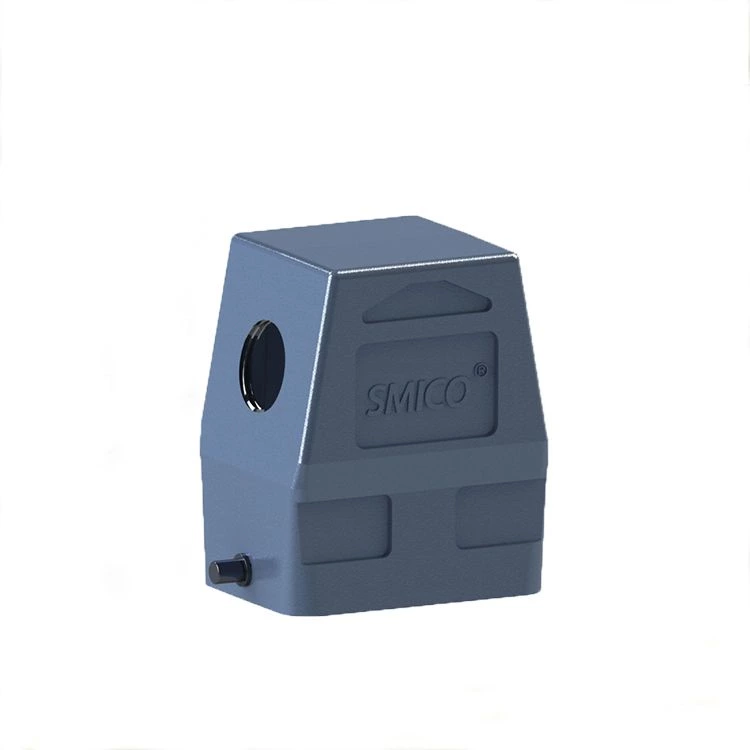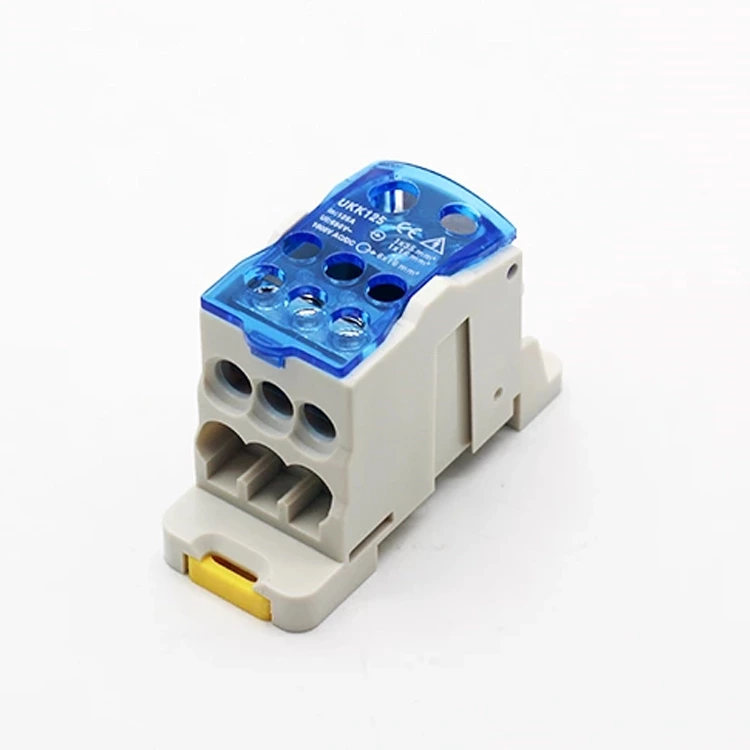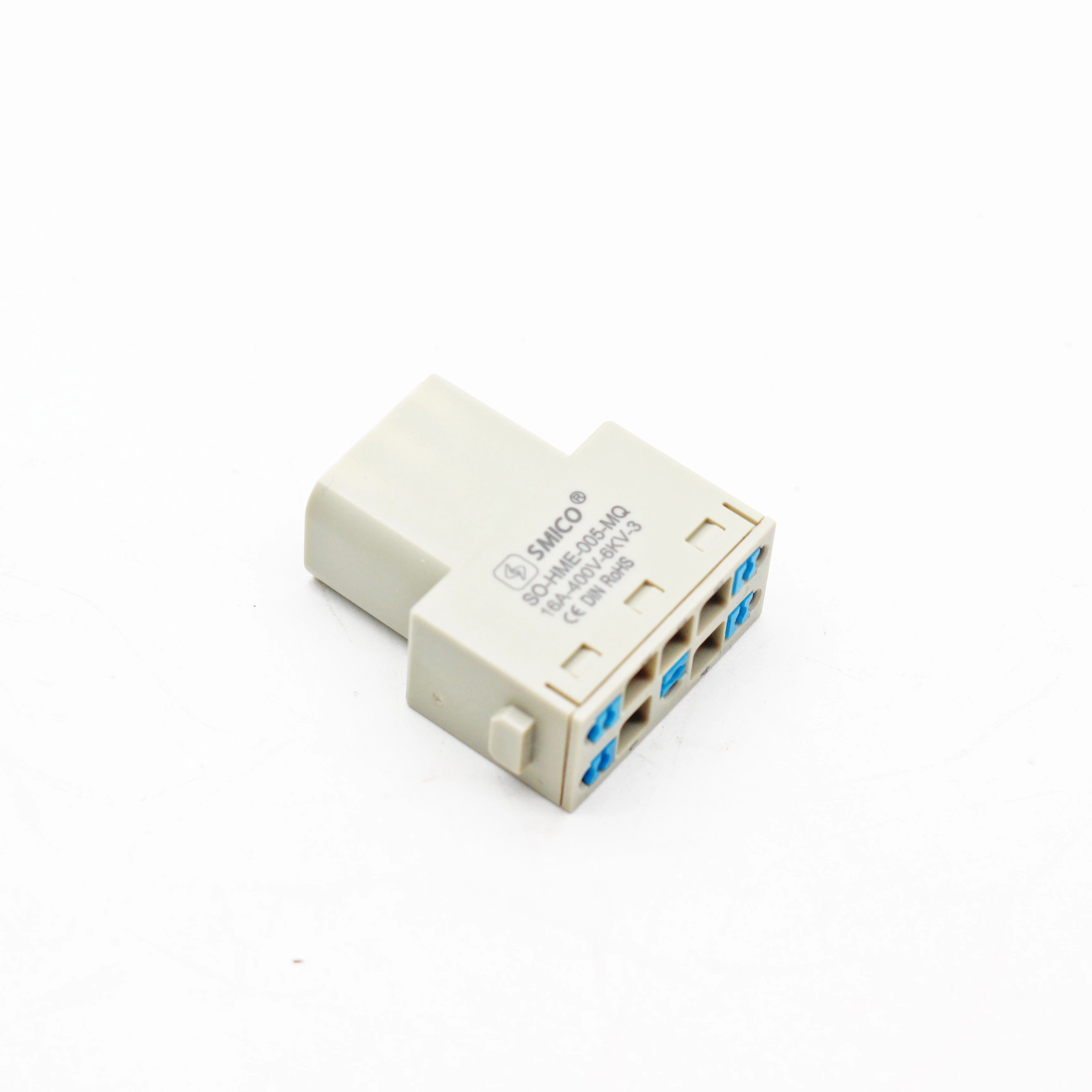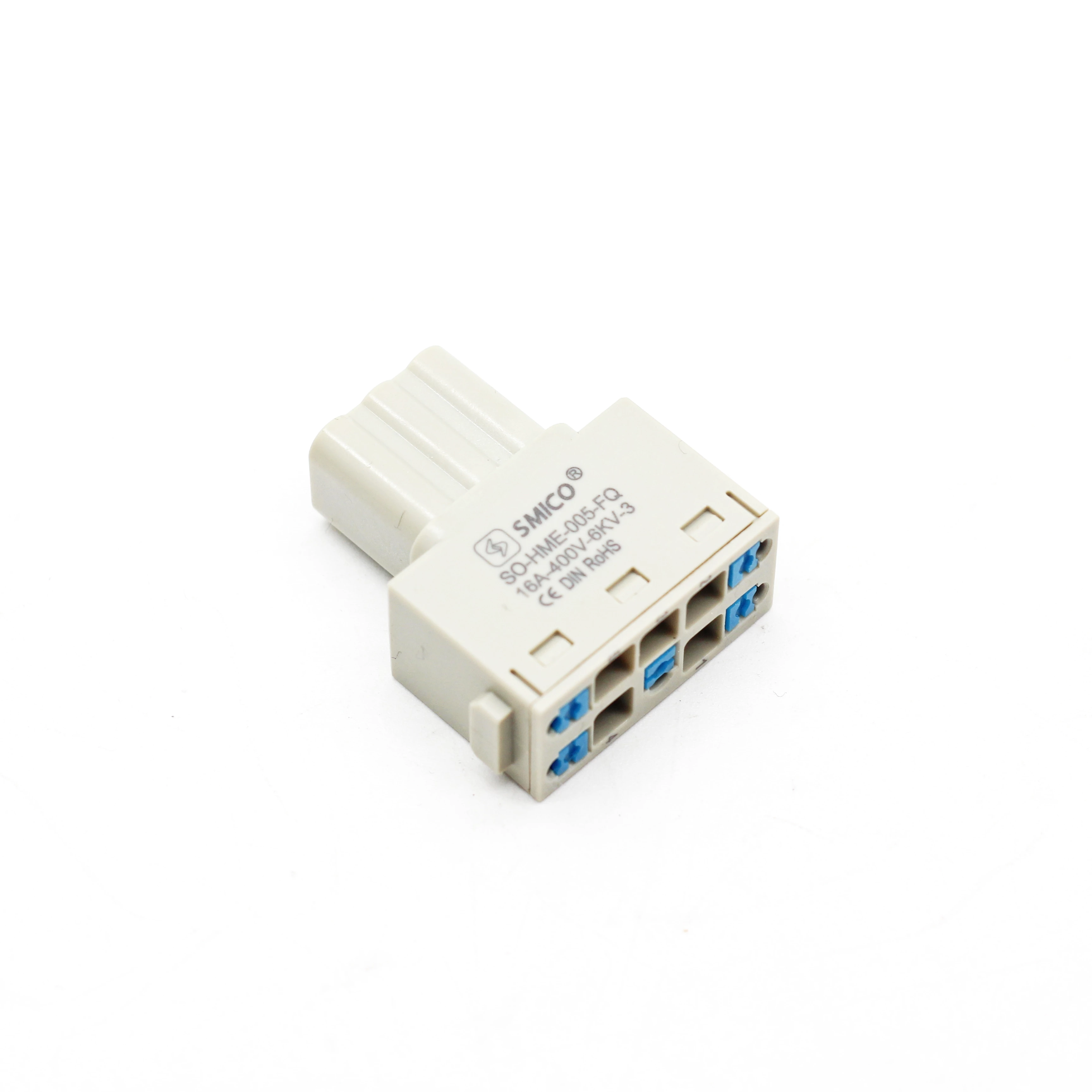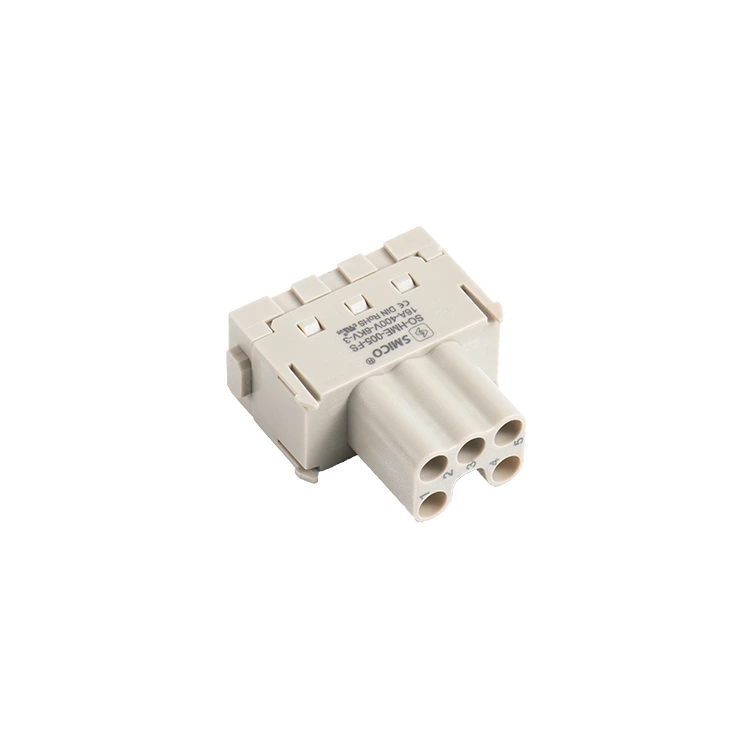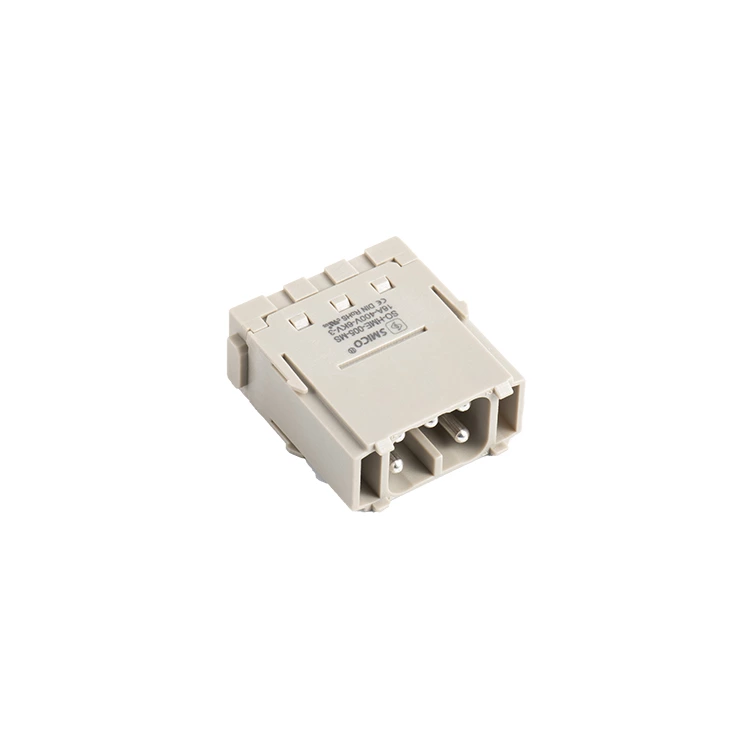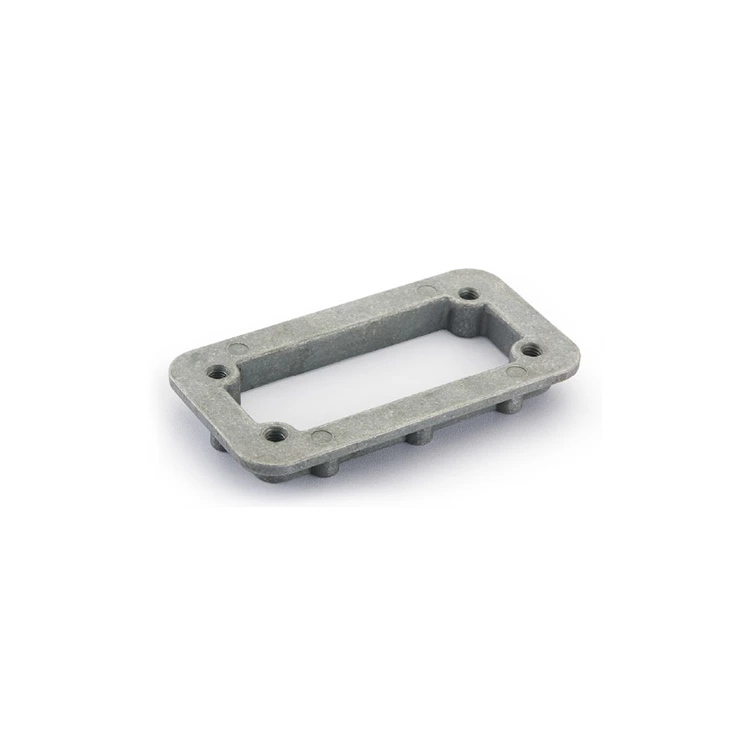Push Wire Terminal Block Will Static Electricity Damage The Tablet?
push wire terminal block If static electricity is generated, it is indeed possible to damage the tablet. Electrostatic discharge (ESD) is a common cause of failure of electronic equipment, especially for precision integrated circuits and storage devices. When the human body or external objects carry static electricity, if they directly touch the metal contacts of push in terminal block wire connector, the static electricity may be transmitted to the internal circuit of the tablet through the card holder, causing damage to the chip or motherboard.
4
Modern tablets usually design ESD protection circuits near push in wire terminal block, such as TVS diodes or filter capacitors, to absorb and discharge static energy. However, if the static voltage is too high (for example, more than 8kV), the protection circuit may not be able to completely block it, which may still cause data loss, push fit terminal block connector unrecognizable, or even motherboard failure. In addition, repeated static shocks will accelerate the aging of components.
In actual use, it is recommended to: 1) Touch a metal object to release static electricity before plugging and unplugging push connector block; 2) Avoid frequent operation in a dry environment; 3) Purchase a push connector block seat model with anti-static design; 4) Immediately disconnect the power and send for repair when an abnormality occurs. In most cases, a single mild static electricity shock will not damage the device immediately, but the cumulative effect will reduce product reliability. The manufacturer's ESD test standard is generally ±4kV for contact discharge/±8kV for air discharge. If this threshold is exceeded, the risk increases significantly.



